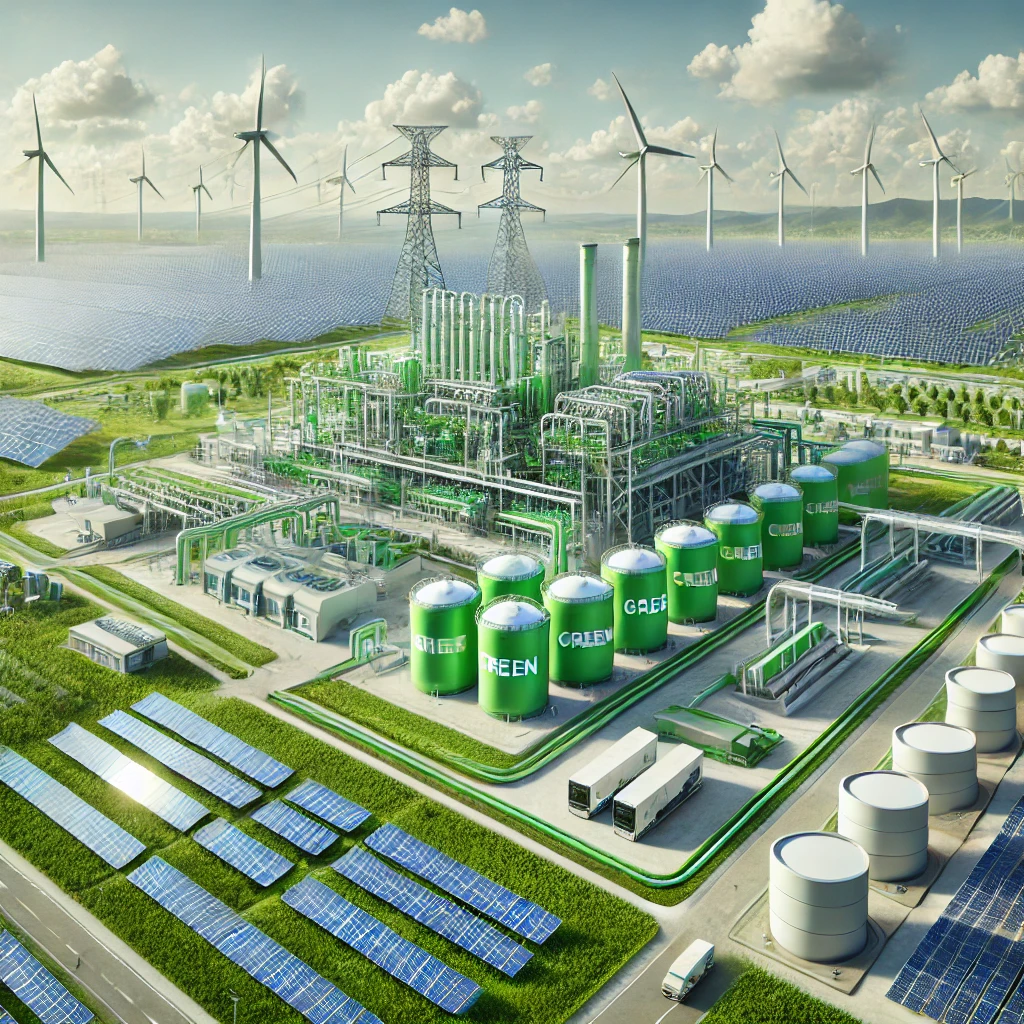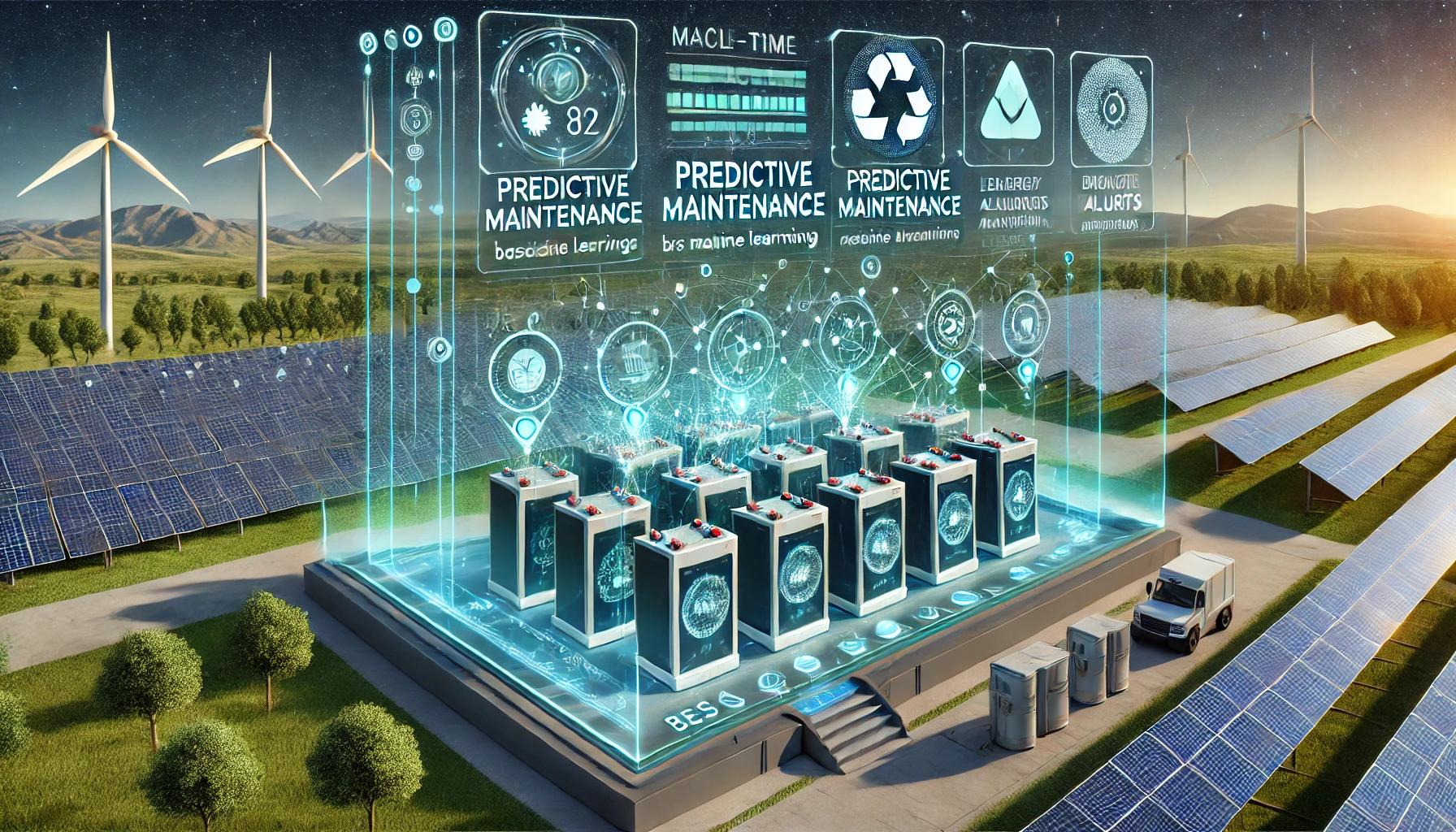If one needs to critically appraise the recent policy shifts in advancing India’s green hydrogen and renewable energy ambitions, it’s essential to recognize both the commendable strides and the challenges inherent in these initiatives.
The Union Budget 2024 demonstrates India’s strong commitment to the green energy revolution, but the effectiveness of these policy shifts will depend heavily on implementation and coordination across multiple sectors.
Strategic Allocation and Funding
The significant increase in funding for the National Green Hydrogen Mission (NGHM) from INR100 crore to INR600 crore, with a long-term commitment of INR19,744 crore, clearly indicates the government’s intention to make India a global leader in green hydrogen technology. This funding, however, must be scrutinized for its real impact. While the financial boost is substantial, the success of the mission will hinge on the development of an efficient green hydrogen value chain, addressing infrastructure gaps, and fostering public-private partnerships. The challenge lies not just in scaling up production but in making green hydrogen economically viable, especially when competing with traditional, less expensive fuels.
Renewable Energy Infrastructure and Ecosystem
The INR19,100 crore allocation to the Ministry of New and Renewable Energy (MNRE) for promoting schemes like PM KUSUM and the Green Energy Corridors is another positive step. These initiatives are crucial for supporting the green hydrogen ecosystem by ensuring a reliable supply of clean energy. However, the integration of renewable energy into the national grid, particularly through the Green Energy Corridors, will require careful management to avoid issues such as grid instability and energy wastage. The emphasis on solarizing agriculture through PM KUSUM is commendable for its potential to boost rural energy independence, but it will need consistent support and investment to overcome logistical challenges and to be truly transformative.
Climate Finance Taxonomy and Green Bonds
The introduction of a climate finance taxonomy is a forward-thinking measure that could streamline access to financing for green projects and mitigate the risk of greenwashing. However, the real test of this taxonomy will be in its implementation—how effectively it can attract international climate finance and how it will be enforced to ensure that investments are genuinely sustainable. The development of green bonds, essential for funding large-scale infrastructure projects, also needs a robust market structure and investor confidence, which will take time to build.
Shift to Emission-Based Targets
The move from traditional energy efficiency targets to emission-based targets, particularly for hard-to-abate industries, marks a significant shift. This change is necessary for aligning with global net-zero commitments, but it introduces new complexities. The establishment of an Indian carbon market is promising, yet its success will depend on creating a transparent and efficient trading system that is attractive to both investors and industries. The challenge will be ensuring that this market-driven approach does not disproportionately burden industries and stifle economic growth.
Focus on Wind Power and Domestic Manufacturing
The allocation of INR930 crore for wind power, including viability gap funding for offshore wind, is a step in the right direction. However, the slow progress in the offshore wind sector due to high initial costs and technical challenges suggests that this funding may only scratch the surface of what is needed. Additionally, the removal of customs duty exemptions on solar components to bolster domestic manufacturing is a strategic move, but it risks increasing costs in the short term, which could slow down the adoption of solar energy technologies.
Critical Mineral Mission and Energy Storage
The Critical Mineral Mission, aimed at securing essential minerals for green technologies, is vital for reducing dependency on imports and supporting the green energy transition. Nonetheless, the mission’s success will depend on how effectively India can develop domestic production and recycling capabilities, and how it manages the geopolitical challenges of acquiring these minerals overseas. The budget’s focus on pumped energy storage and battery energy storage systems (BESS) is crucial for ensuring grid stability and supporting renewable energy integration, but these technologies are still in early stages of adoption in India, requiring further research, development, and scaling.
Broader Implications and Workforce Development
The broader implications of these policy shifts are profound, but the road ahead is complex. While the budget lays a strong foundation for growth in renewable energy and green hydrogen, the real impact will be seen in how these initiatives translate into actionable outcomes. The focus on upskilling the workforce to support this green transition is essential, but it will require significant investment in education and training programs, as well as incentives for industries to adopt new technologies.
Conclusion
In conclusion, while the Union Budget 2024 reflects India’s ambitious vision for green hydrogen and renewable energy, the realization of these goals will require meticulous planning, robust implementation, and sustained efforts across multiple fronts. The potential for India to become a global leader in green energy is real, but it will depend on how well these policies are executed and how effectively the government, industries, and stakeholders collaborate to overcome the challenges that lie ahead.







